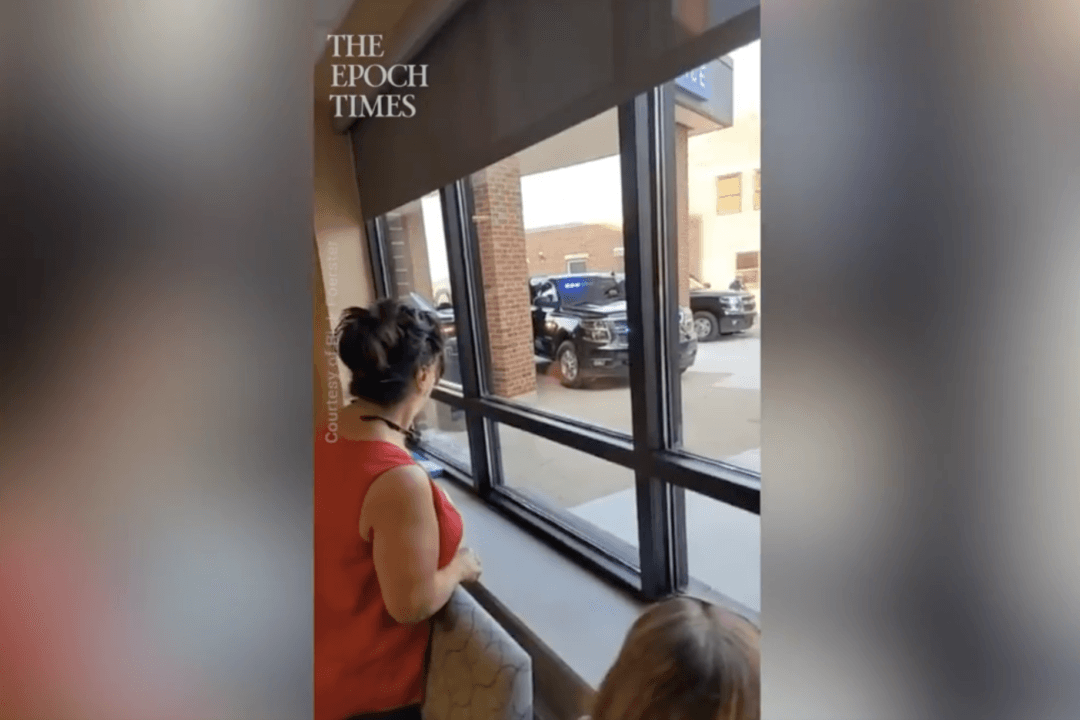A new university name, a bigger budget request, and a strategy to curb badly declining university enrollment were all approved during a marathon, two-day meeting that concluded Thursday for the Pennsylvania State System of Higher Education (PASSHE) board of governors.
New Name
The board voted in July to consolidate six of its universities, three apiece, into two larger universities as a cost-saving measure. This way there will eventually be two presidents instead of six, and a smaller administrative staff to pay across properties.California University of Pennsylvania, Clarion University, and Edinboro University are forming a single university with three partner campuses in western Pennsylvania.
Its new name will be Pennsylvania Western University, effective July 1, 2022. The campuses will retain their location name, and be called Penn West California, Penn West Clarion, Penn West Edinboro, and Penn West Global Online.
A marketing team searched for a name that would come up in online searches, be easy to remember, and not conflict with other school names.
Market research is not complete for the northeastern consolidation of Bloomsburg University, Lock Haven University, and Mansfield University. Their consolidated name will be announced at a future date.
Cabinet leadership consolidations will start in July but university presidents’ consolidations could take five years, according to board discussion.
Big Budget Ask
The board voted to ask the General Assembly for $550 million in state funding for the next fiscal year.It is about $73 million more than the $477.5 million PASSHE received from taxpayers this year.
None of that money would go to making tuition more affordable. It would help fund the consolidation process and help get the system on a more stable financial footing. But the high cost of tuition was considered during the meeting.
“Today, a middle class family is spending 45 percent of its annual income to send a child to school for one year,” PASSHE Chancellor Dan Greenstein said during the meeting. “We’re pricing too many people out of the higher education that Pennsylvania needs them to have.”
PASSHE needs to produce 2,000 more bachelors degrees and 1,200 more masters degrees annually through 2030 to meet Pennsylvania’s workforce needs, Greenstein said.
In addition to the $550 million ask to the General Assembly, PASSHE agreed to send a letter to the Governor and General Assembly asking for an additional $201 million in “direct to student investments.”
Precisely how that money would be spent is not fully defined, but it would likely go to three categories, Greenstein said: improved equity for traditionally underserved students; workforce development for students pursuing high demand occupations; and taxpayer efficiency, investing in students who previously benefited from taxpayer-funded high school and community college.
After budget discussions, the board approved a five year, rolling $70 million capital spending plan for projects that have already been approved, including the demolition of the science building at California University and the construction of a smaller, more efficient, modernized science building, price tag: $39.2 million.
Decreasing Enrollment
Across PASSHE’s 14 universities, 88,651 students are enrolled for the current fall semester, a drop from last year’s 93,704. Enrollment has fallen in the last few years. The system enrolled 119,513 students in the 2010–2011 academic year, nearly 31,000 more students than this year.Many PASSHE campuses built new, modern housing in recent years to attract and accommodate more students. Low enrollment means schools are having trouble meeting debt payments on the new housing, according to board discussion. If PASSHE gets the $201 million extra it is requesting, some of the funding will go to outstanding housing debt.
Greenstein has directed universities to each come up with a plan to address low enrollment.
He also offered some system-wide plans to enroll and retain students through graduation, including strengthening the community college and high school pipelines, making it easier to transfer to a PASSHE school, increase non-degree credential opportunities and assure university communities are more diverse and supportive of inclusivity.
“Why would I stay at a campus where I didn’t feel welcome?” Greenstein said. He proposes $3.25 million for diversity, equity, and inclusion goals, although the specifics of this spending is still being worked out.
PASSHE campuses already have some diversity; 22 percent of students enrolled last year were minorities, according to PASSHE’s statistics.





